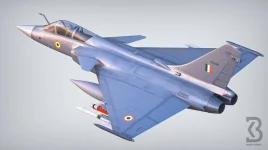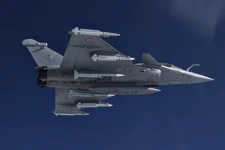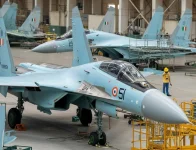- Views: 3K
- Replies: 23

The successful testing of Russia's indigenously developed VK-650V turboshaft engine has breathed new life into the stalled negotiations for the Ka-226T helicopter program in India.
The primary hurdle in the past was the inability to meet India's 70% localization requirement, largely due to the French Safran engine previously slated for the Ka-226T. The VK-650V, with its 650-750 horsepower output, offers a domestically produced alternative, potentially paving the way for a revival of the deal.
This development is particularly significant considering the urgent need for India's armed forces to replace their aging fleet of Cheetah and Chetak helicopters.
The Light Utility Helicopter (LUH) program, intended to address this need, initially envisioned procuring 400 helicopters, split between the Ka-226T and the indigenously developed LUH. The VK-650V could remove a major obstacle for the Ka-226T's inclusion in this program.
Furthermore, Hindustan Aeronautics Limited (HAL) has expressed its readiness to commence work on both the LUH and Ka-226T programs as soon as it gets the green light. Officials have also dismissed any notion of conflict between Russia and India concerning the Ka-226T joint production.
While both the LUH and Ka-226T fall under the light helicopter category, their distinct operational capabilities complement each other. The Ka-226T's twin-engine configuration enhances safety, especially in high-altitude operations, making it a valuable addition alongside the single-engine LUH.
The successful integration of the VK-650V into the Ka-226T could therefore not only revive the 200-helicopter deal but also contribute to a more robust and versatile helicopter fleet for India's defense forces.



